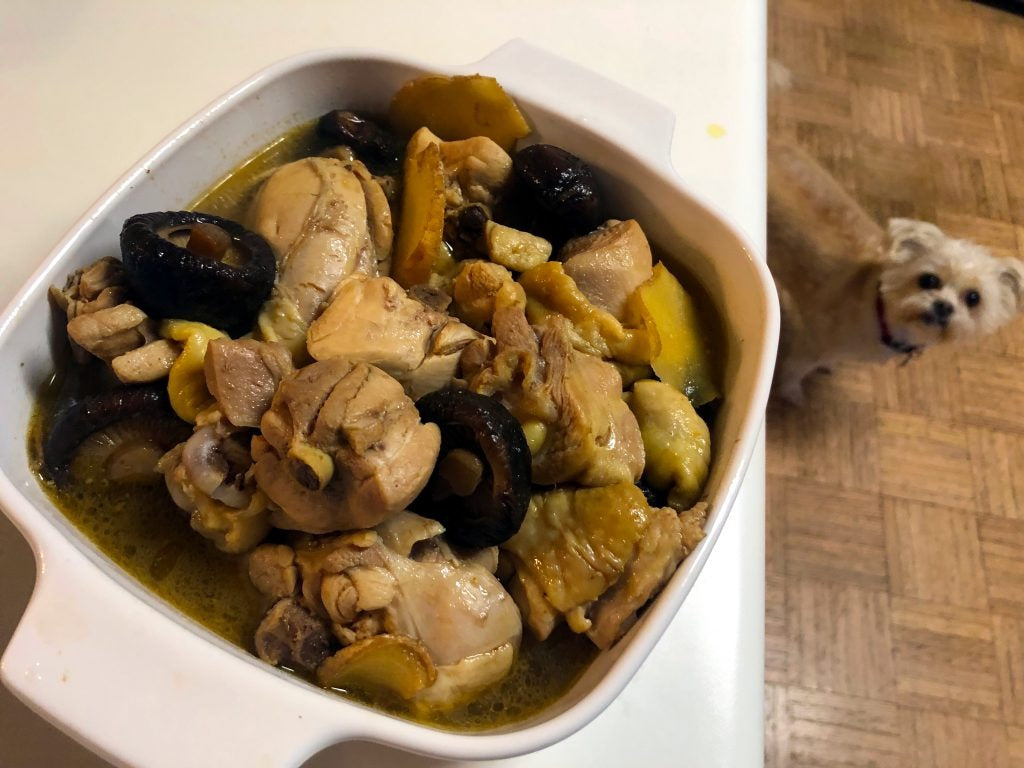Stir-fry is a beloved method of cooking in many households, thanks to its quick preparation time, versatility, and vibrant flavors. Among the myriad ingredients that can enhance a stir-fry, one stands out for its unique taste and aroma: sesame oil. This article will guide you on how to use sesame oil in stir-fry to elevate your dishes to the next level.

Why Sesame Oil?
Sesame oil is renowned for its distinctive nutty flavor and aromatic qualities. It is often used in Asian cuisines, particularly in Chinese, Korean, and Japanese cooking. There are two main types of sesame oil: light and dark. Light sesame oil is made from raw sesame seeds and has a mild flavor, while dark sesame oil is made from toasted sesame seeds and has a richer, more robust flavor.
Health Benefits
Aside from its culinary uses, sesame oil also offers several health benefits. It is rich in antioxidants, healthy fats, and anti-inflammatory properties. Incorporating sesame oil into your diet can improve heart health, reduce inflammation, and provide essential nutrients like vitamin E and zinc.

Preparation Tips
Before diving into the actual cooking process, its essential to prepare your ingredients and understand how to use sesame oil effectively. Here are some tips:
1. Choose the Right Type of Sesame Oil
The type of sesame oil you use will significantly impact the flavor of your stir-fry. For a subtle, mild flavor, opt for light sesame oil. If you prefer a more intense, nutty taste, go for dark sesame oil.
2. Use Fresh, High-Quality Ingredients
The quality of your ingredients will affect the overall taste of your stir-fry. Fresh vegetables, high-quality proteins, and aromatic seasonings will make a noticeable difference.
3. Preheat Your Wok
A well-preheated wok ensures that your ingredients cook quickly and evenly. Add sesame oil to the hot wok to release its aromatic qualities right from the start. For more tips on wok preparation, check out our guide.

Cooking Steps
Now that youre prepared, lets dive into the step-by-step process of using sesame oil in a stir-fry:
1. Heat the Sesame Oil
Start by heating a small amount of sesame oil in your preheated wok. Keep the heat medium-high to prevent the oil from burning. Learn more about heating oils.
2. Cook the Proteins
Add your choice of protein (chicken, beef, tofu, etc.) to the wok. Cook until the protein is browned and cooked through. Remove the protein from the wok and set it aside. For detailed protein cooking tips, visit this article.
3. Saut Aromatics
In the same wok, add more sesame oil if needed. Saut aromatics such as garlic, ginger, and green onions until fragrant.
4. Add Vegetables
Add your vegetables to the wok, starting with the ones that take longer to cook. Stir-fry until they are just tender but still crisp. For vegetable cooking tips, see our vegetable guide.
5. Combine and Season
Return the cooked protein to the wok and mix it with the vegetables. Season with soy sauce, rice vinegar, and a touch more sesame oil for added flavor. Stir everything together until well combined and heated through.

Finishing Touches
Your stir-fry is almost ready! Here are a few finishing touches to take it to the next level:
1. Garnish with Sesame Seeds
Sprinkle toasted sesame seeds over your stir-fry for an added crunch and flavor boost.
2. Add Fresh Herbs
Fresh herbs like cilantro or basil can add a burst of freshness and color to your dish.
3. Serve Immediately
Stir-fry is best enjoyed fresh off the wok. Serve it immediately with steamed rice or noodles. For cleaning tips after cooking, see this kitchen cleanup guide.
Conclusion
Using sesame oil in your stir-fry can elevate your cooking to new heights, providing depth, aroma, and a distinctive nutty flavor. Whether youre using light or dark sesame oil, the key is to balance it with fresh, high-quality ingredients and proper technique.
FAQs
Can I use sesame oil for other types of cooking?
Yes, sesame oil is versatile and can be used in salad dressings, marinades, and sauces.
Is sesame oil healthy?
Yes, sesame oil is rich in healthy fats, antioxidants, and anti-inflammatory properties.
Do I need to refrigerate sesame oil?
It is not necessary, but storing sesame oil in a cool, dark place can extend its shelf life.
For more information on sesame oil, check out this article.
As an Amazon Associate, I earn from qualifying purchases.






Leave a comment
This site is protected by hCaptcha and the hCaptcha Privacy Policy and Terms of Service apply.